If I live to be a hundred or a hundred and ten
I fell to the ground and I couldn't get up
After drinking a quart of that Johnny Jump Up ♪♫
The Irish, known for orally passing their traditions in poems, songs or stories, sure knows how its done! Days passed, and here we are, still singing and remembering the folk songs we were taught during our recent two-day visit in Dublin, Ireland. Given that this trip was relatively short, we tried to see and do as much as we can: Book of Kells, Temple Bar, National Museum, Merrion Square, etc. but the Musical Pub Crawl and our visit to Kilmainham Gaol win the crowning moments of our tour.
Arriving half an hour earlier to score some tickets and snug some front row seats, we walked passed the already hyped-up bar crowd towards the thick wooden stairs up to the second floor where the crawlers meet. Agreeably devoid of any snotty rock star attitudes, the musicians/tour guides arrived and started on time, kicking the night off with our first real introduction to Irish pub tradition: stomp to the beat, instead of clap. Why? Takes no rocket scientist - people's hands are always well-utilized - food in the left and beer on the other. And, we were set - a slew of mostly flamboyant and giddy Irish tunes came wafting in the air. Welcome to the crawl.
1. Having a good singing voice is only a plus not a necessity. As long as the person effectively conveys his/her story or message, then that's good enough.
2. In traditional pubs, musicians are hired to play music not to entertain. During a session, musicians play to their liking while the crowd are merely eavesdroppers to their musical conversation.
3. If the drums are the heartbeat in American bands, 'tis not so for the Irish - the dancers are. The dancers dance and the music adapts to the dancing.
4. The Bodrhan looks like a tambourine minus the jingles; it is played with varying miniature mallets and in our case, even a paint brush!
Our next and last stop was the Brannigan's, which I don't remember the Brannigan it was named after. The feel and setting of this pub comes right in between Gogarty and Ha'penny - newly painted and varnished, modern yet cozy. To wrap up the night, we had the "Noble Call," where the crowd gets to share songs from home or songs meaningful to them. How many more drinks will it take for you guys to think you're good enough to sing? our guides teased. Finally, two brave souls took the challenge - a ballad and a folk song, ending the night on a comforting high note.
The jail accommodates about 2000 inmates, however, became very overcrowded during the Great Famine especially when people began stealing and begging for food. The begging, which became a nuisance for some, led the government to declare the act as a crime, bringing the prison's population up to 9000. Ironically, this also became a refuge for the people during that time. The prison provided temporary shelter and a much needed steady supply of food, but conditions obviously worsened. Four to five inmates are held in a single cell while the rest flooded the hallways.
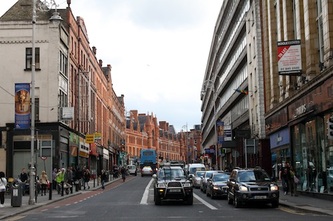
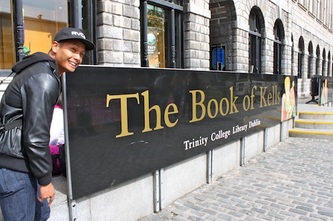
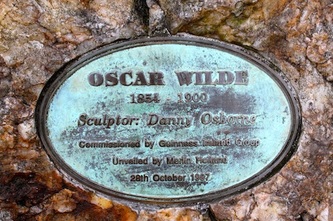
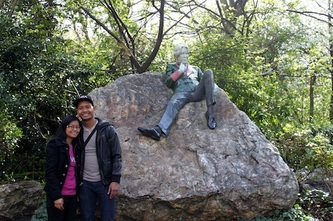


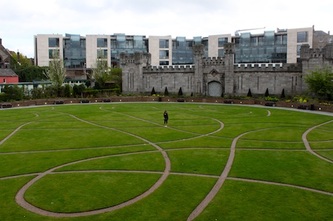
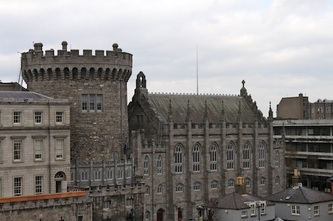
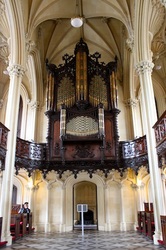
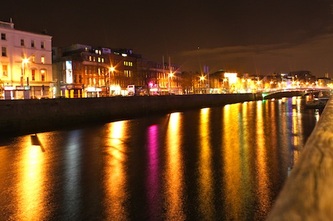
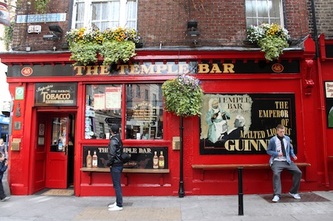
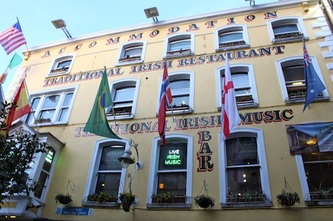

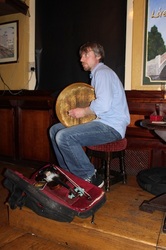

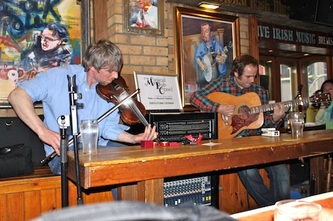

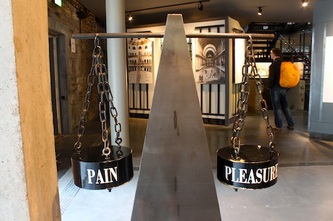
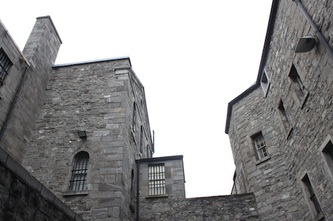
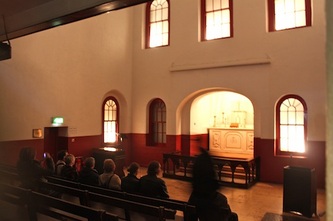
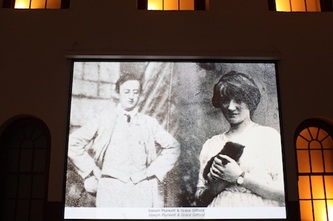
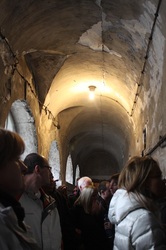
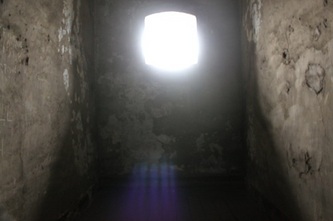
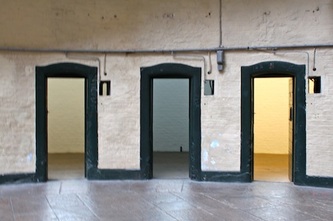



 RSS Feed
RSS Feed